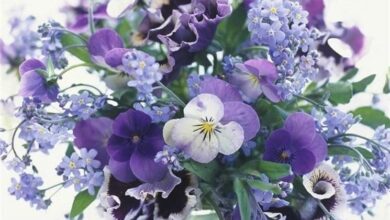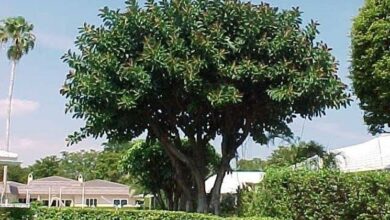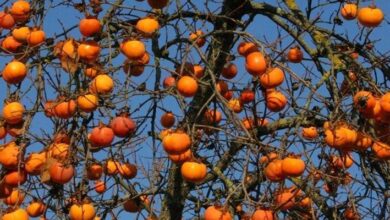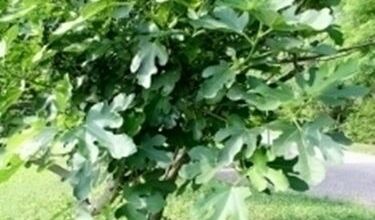Lavender meaning

The meaning of lavender

Lavender general description
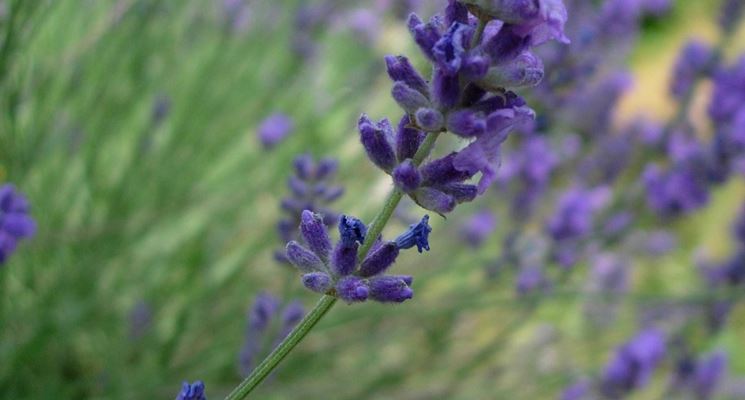
Native to the Mediterranean, lavender is part of the Lamiaceae family and there are about 30 species. The most widespread is the «lavandula officinalis or spica»: it is on average 40-60 cm, but in some cases it can even reach and exceed one meter in height. It is a suffruticosa plant, that is, a perennial plant whose woody base annually emits new herbaceous shoots, which bloom in the hot season and dry when the climate is colder. Along the stems, which are actually spikes, there is a variable number of very fragrant violet-colored flowers, whose aroma, however, is always different according to the species. The leaves, present on the quadrangular branches, are linear and gray-green in color. The fruit is an achene, therefore dry and with a woody pericarp that contains a single seed.
The therapeutic properties of lavender

Lavender has been used for centuries by man for therapeutic use. This plant actually produces essential oils inside which, in addition to giving it the delicate and particular scent, give it many healing properties. These oils are extracted through a distillation process, they are particularly present in the flowers, even if they are produced by glands found in the green parts of the plant. But what are the specific therapeutic properties of lavender? First of all, lavender is antiseptic, soothing and healing: very curative for the skin, it is indicated to fight acne, psoriasis, scalp irritations, solar redness and sunburn. Thanks to its antispasmodic and antispasmodic functions, it is also very suitable for remedying stomach problems: slow digestion, colitis and gastrointestinal spasms. Analgesic and antirheumatic it is also used in case of cramps, muscular and rheumatic pains. Mucolytic and decongestant helps in the treatment of cough, phlegm and bronchitis. Finally, as it is also recognized as sedative and rebalancing, lavender also helps in cases of insomnia and anxiety.
Lavender meaning: How lavender is grown
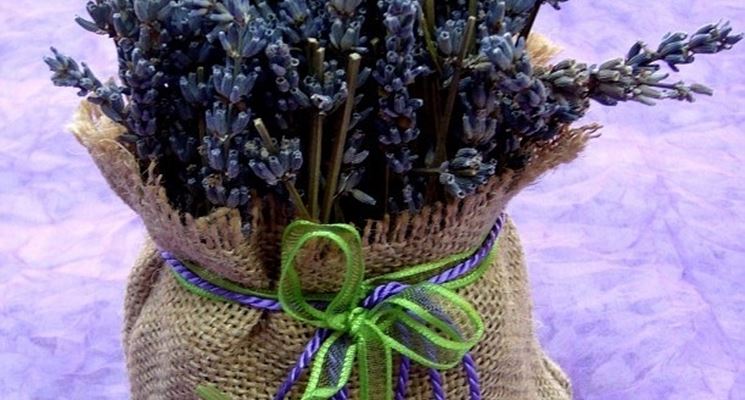
Lavender is a plant that reproduces by cuttings, that is, by removing and replanting the non-flowering branches that have a woody part containing the buds at the base. Generally, lavender is planted in late summer, when flowering ends. After cutting the cuttings, remove the leaves at the bottom and immerse the twigs in a rhizogenic powder which serves to stimulate the emission of the roots. After doing this, place the cuttings in boxes containing the soil in which to plant them (consisting of coarse sand and peat in equal parts). Then you have to cover the boxes with a transparent plastic sheet, taking care to keep the soil always a little moist. Once the buds have sprung up, you can transfer them to small terracotta pots, such vases must be placed in places that are sufficiently illuminated, not cold and sheltered from drafts. A good reason to grow at least one lavender plant in your home or garden? Lavender is excellent as a remedy for mosquitoes, which, unable to bear the scent, keep a safe distance.

